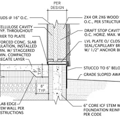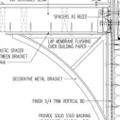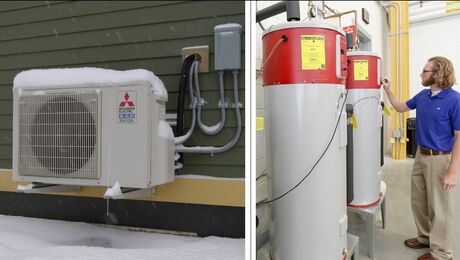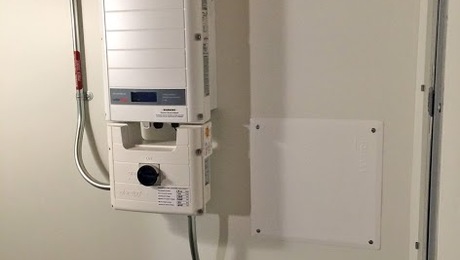Is an air barrier mandatory when adding insulation to unsheathed walls in all climates?
I’m in climate zone 3C, marine (SF Bay Area). I’m slowly fixing up my 1926 Craftsman cottage with energy efficiency in mind.
I had planned on adding exterior insulation and sealing as part of re-siding. Hiccup: the asbestos cement siding came off to reveal the original old-growth redwood in great condition. It is drop siding nailed directly to the studs with no building paper or sheathing. Where it’s visible from the interior (unfinished attic and basement), it shows no water damage and the boards are nice and tight. Buried treasure – we used up all the wood this good long ago, and I’m not willing to risk destroying it by pulling it off.
I’m resigning myself to having a lower-performance house to preserve the redwood siding, but I’d at least like to add cavity insulation to areas as I open them, for acoustical purposes as well as thermal.
The interior is mainly lath-and-plaster, but some areas already have modern drywall or need work. I read “Insulating Walls in an Old House with No Sheathing” but I am not interested in using spray foam in the stud bays, nor building out the studs to accommodate rigid foam plus batts. I already have mineral wool batts on hand and would love to use them.
Given the forgiving climate, how absolute is the rule that you must add an air-impermeable component, and why? Is it for comfort, performance, code, or to prevent rot? The studs are true-dimensional 2×4’s, so the 3.5″ Roxul batts would provide a .5″ air gap. The mineral wool is not susceptible to mold, and the assembly should be able to dry.
In climate zone 3C, can I get away with just adding the Roxul without an air barrier, or is this a recipe for moisture problems? Would air-sealing via interior drywall/caulk/etc. help? If an exterior air barrier is essential, could it be polyethylene or another sheet good to fit within the stud bay?
Thanks for your time.
GBA Detail Library
A collection of one thousand construction details organized by climate and house part









Replies
Even in warmer climates you need at least 1 air barrier. This can be the interior drywall just pay attention to air sealing.
The bigger item to prevent moisture problems is getting a WRB installed. You want to prevent any water that makes it through your siding for getting into the insulation and framing. Stapling standard house wrap into each cavity is probably the easiest. Nail up some 1x1 into the corner of the stud bay and staple house wrap to it. This would also provide the stop for the insulation. You definitely do not want the insulation touching the siding.
Fitting mineral wool bats between real 2x4 is a lot of work as you have to trim just a bit off the sides, I find going with 24" batts, turning them sideways than cutting them to 14" is easier.